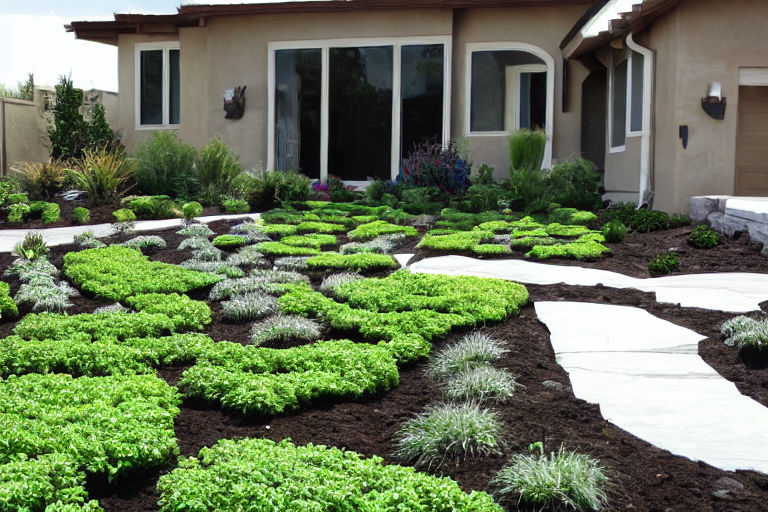A Beginner’s Guide to Drought-Resistant Landscaping Techniques
In the face of water scarcity, drought-resistant landscaping has emerged as a sustainable alternative to traditional landscaping to create a lush outdoor environment. Such landscapes are not only visually appealing, but they save water, reduce maintenance costs, and are more resilient to drought. Here is a beginner’s guide to drought-resistant landscaping techniques that can help you discover the amazing variety of plants and landscaping options available to you.
Use drought-tolerant plants
The first step in creating a drought-resistant landscape is to select plants that can thrive in dry conditions. Some examples of drought-resistant plants include succulents, silver bush lupine, ceanothus, rockrose, and California fuchsia. These plants have adapted to harsh dry climates, and they require minimal watering and maintenance. You can also explore native plants suitable for your area’s climate.
Group plants according to their water needs
Group plants based on their water needs as plants with higher water requirements should be placed in areas that receive ample water, while drought-tolerant plants can be grouped together in areas that receive less water. Grouping plants in this manner reduces water usage, and it also provides a more efficient way of watering plants.
Incorporate hardscaping elements
Hardscaping elements such as rocks and stones can add texture and contrast to your landscape while also reducing water usage. Rocks and stones can enhance the aesthetics of your lawn while taking up space where vegetation would otherwise grow. This reduces maintenance requirements while adding visual appeal.
Use mulch
Mulch is a layer of organic or inorganic materials that is placed over soil around plants to conserve moisture, suppress weed growth, and prevent soil erosion. Organic mulches such as straw, leaves, and bark can improve soil quality over time by increasing soil fertility and introducing nutrients into the soil. Inorganic mulches such as plastic or gravel can also reduce water usage by blocking evaporation from the soil surface.
Enhance soil health
Healthy soil is essential for the growth and development of plants. To enhance soil health, incorporate organic matter such as compost or organic fertilizers into the soil. These organic materials improve soil moisture retention, add nutrients to the soil, and reduce soil erosion.
Conclusion
Drought-resistant landscaping techniques are vital for creating a sustainable landscape that contributes to water conservation efforts. By using drought-tolerant plants, grouping plants according to their water-needs, incorporating hardscaping elements such as rocks, using mulch, and enhancing soil health; you can create a beautiful and water-efficient landscape.



